
cd_nom
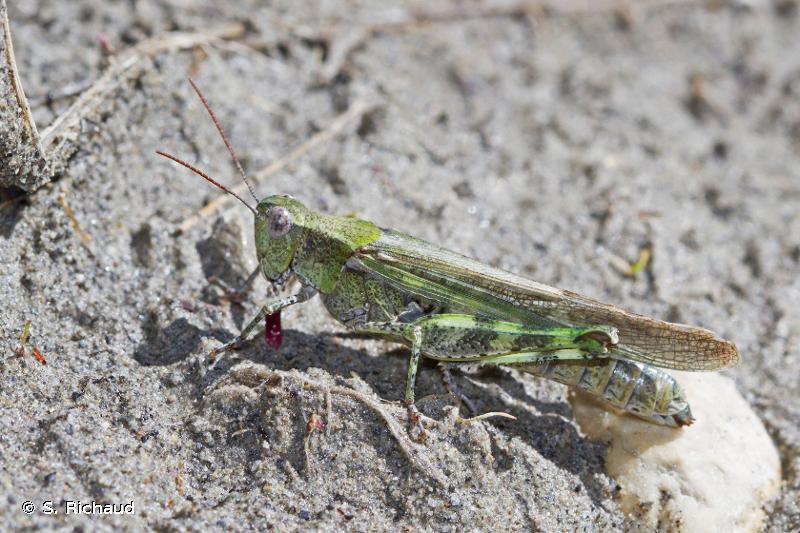
| Author : S. Richaud |
 |
To get the picture, please visit:
Sonia Richaud
email : inpn@mnhn.fr
Despite the Creative Commons license, please inform the author of the use which will be made of his photo
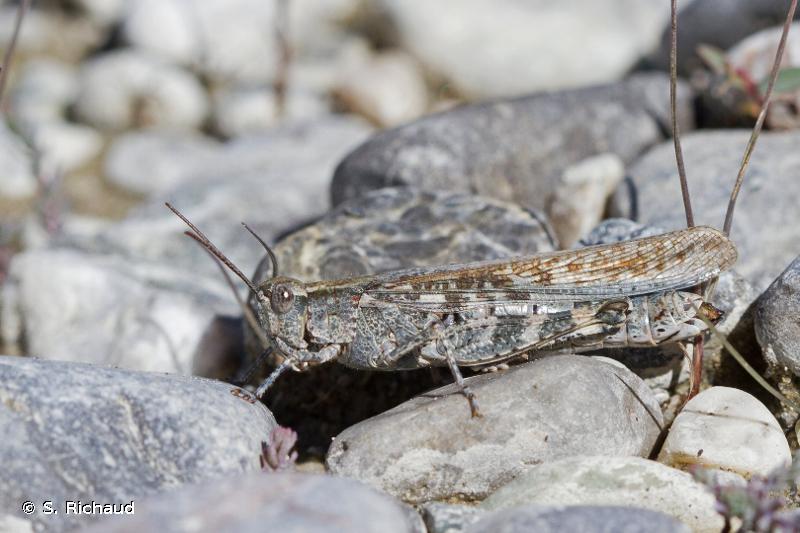
| Author : S. Richaud |
 |
To get the picture, please visit:
Sonia Richaud
email : inpn@mnhn.fr
Despite the Creative Commons license, please inform the author of the use which will be made of his photo
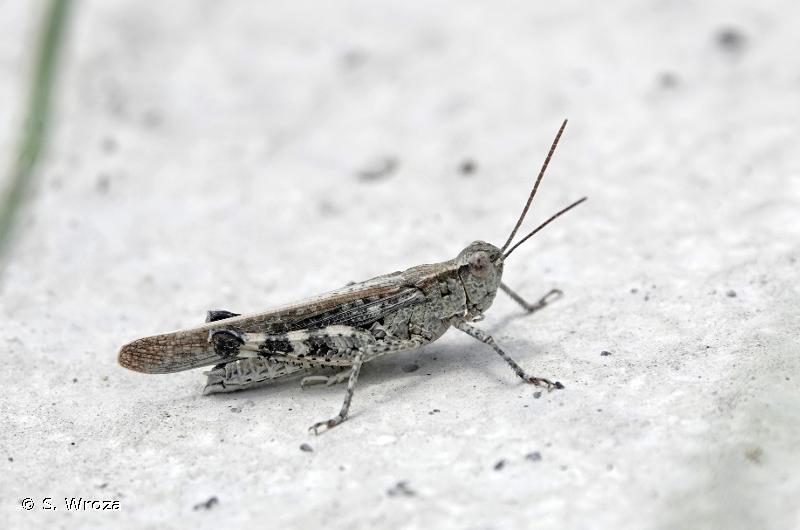
| Author : S. Wroza |
 |
Despite the Creative Commons license, please inform the author of the use which will be made of his photo
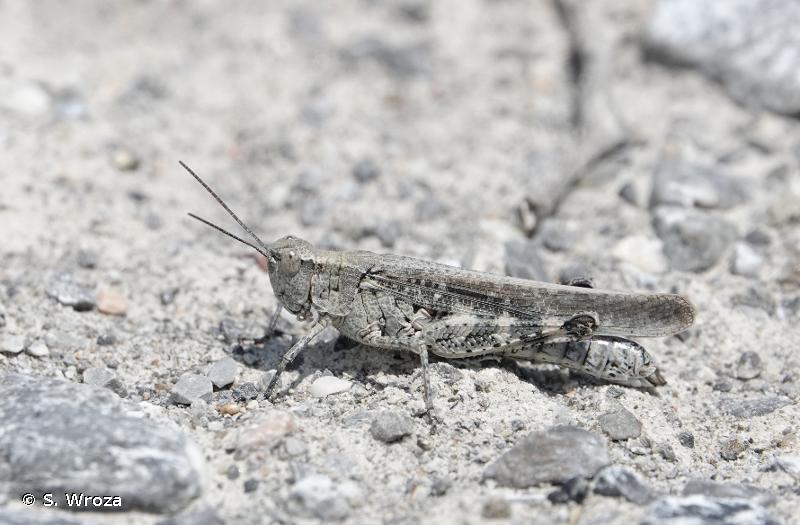
| Author : S. Wroza |
 |
Despite the Creative Commons license, please inform the author of the use which will be made of his photo
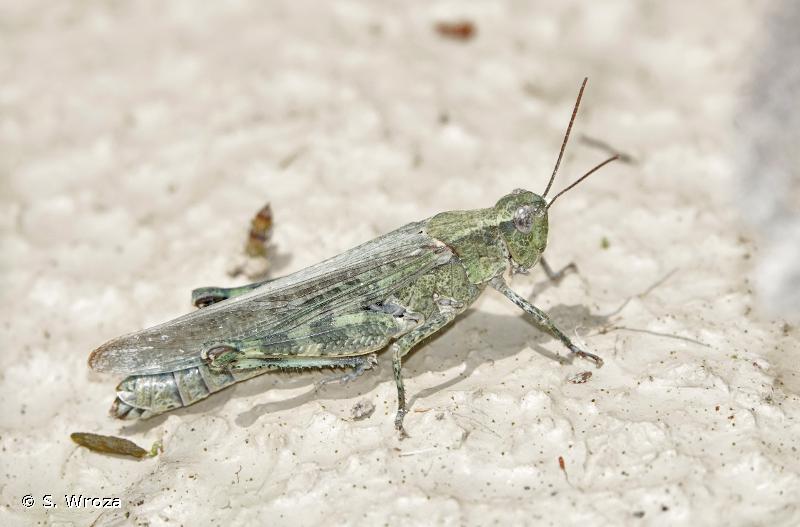
| Author : S. Wroza |
 |
Despite the Creative Commons license, please inform the author of the use which will be made of his photo

| Author : S. Wroza |
 |
Despite the Creative Commons license, please inform the author of the use which will be made of his photo
Ce criquet d'une forme assez allongée est d'une couleur variant du brun ou rougeâtre, et est rarement vert. Ses antennes sont longues et grêles.
Sa période d'activité est comprise entre juillet et octobre.
Taille : mâle : 12-18 mm, femelle : 20-26 mm.
L'espèce est présente en Europe et en Asie paléarctique
En Europe, la forme nominative occupe certains points de côtes atlantiques et méditerranéennes, ainsi que la basse Volga et la mer Noire.
Il existe deux sous-espèces distinctes en France. E. tergestinus. ponticusexiste encore sur quelques rivières des Alpes.
La sous-espèce tergestinusest strictement liée aux zones riveraines sableuses humides à végétation pionnière très ouverte (rivières) ou soumise aux embruns (littoral). Elle colonise notamment les pelouses littorales, les prés salés et les marais salants. De ce fait c'est une espèce localisée et rare.
La sous-espèce ponticusse retrouve elle, sur les bancs de graviers envasés des rivières des Alpes.
La destruction des zones naturelles le long du littoral et des cours d'eau, entre autres l'endiguement des rivières, ont fait de ce criquet un des orthoptères les plus menacés d'Europe.
[D'après Baur B., Baur H., Roesti C., Roesti D., Thorens P., 206. Sauterelles, Grillons et Criquets de Suisse ; Haupt, Berne, 352 p.
Bellmann H., Luquet G., 2009. Guide des sauterelles, grillons et criquets d'Europe occidentale. Delachaux et Niestlé, Paris, 383 p.
Chopard L., 1951. Orthoptéroïdes.Collection Faune de France – 56. Paul Lechevalier, Paris, 359p.
Voisin J.-F. (coord.), 2003. Atlas des Orthoptères (Insecta : Orthoptera) et des Mantides (Insecte : Mantodea) de France. Patrimoines Naturels, 60 : 104 p.]
Braud J.(),2014
Continental
Metropolitan France
Overseas
Marine
Metropolitan France
Overseas
The map presents a summary at the 10 x 10 km grid of the observation data for the species transmitted to the SINP. These data have been subjected to validation filters.
The map presents a reference distribution layer of the species at the scale of departments and marine sectors. The presence and absence data were established by expertise within a network of partners. This reference distribution is used in the validation process of the SINP data at the INPN level.
Corresponds to a report on the basis of at least one observation proved within a period of 10 years (20 years for little-known invertebrates) preceding the year and no presumption of extinction since obtaining the last data nor doubt on reproductive and implemented nature of this population. For migratory species, the presence indicated concerns areas of reproduction.
This status is based on one or more of the following criteria:
This point covers the absence, more difficult by nature to demonstrate than presence. This status is based on one or more of the following criteria:
This status must be assigned to a department in which the presence of the species is casual.
Particular case of absence due to a proven extinction less than a half century ago (older disappearances are treated as "no probable or definite").
In the state of knowledge, we can not comment on the presence or absence in the current department. This is the default status when not comprised in one of the previous categories or whenever there is doubt.
The map shows the global distribution of the species based on GBIF data (Global Biodiversity Information Facility).
